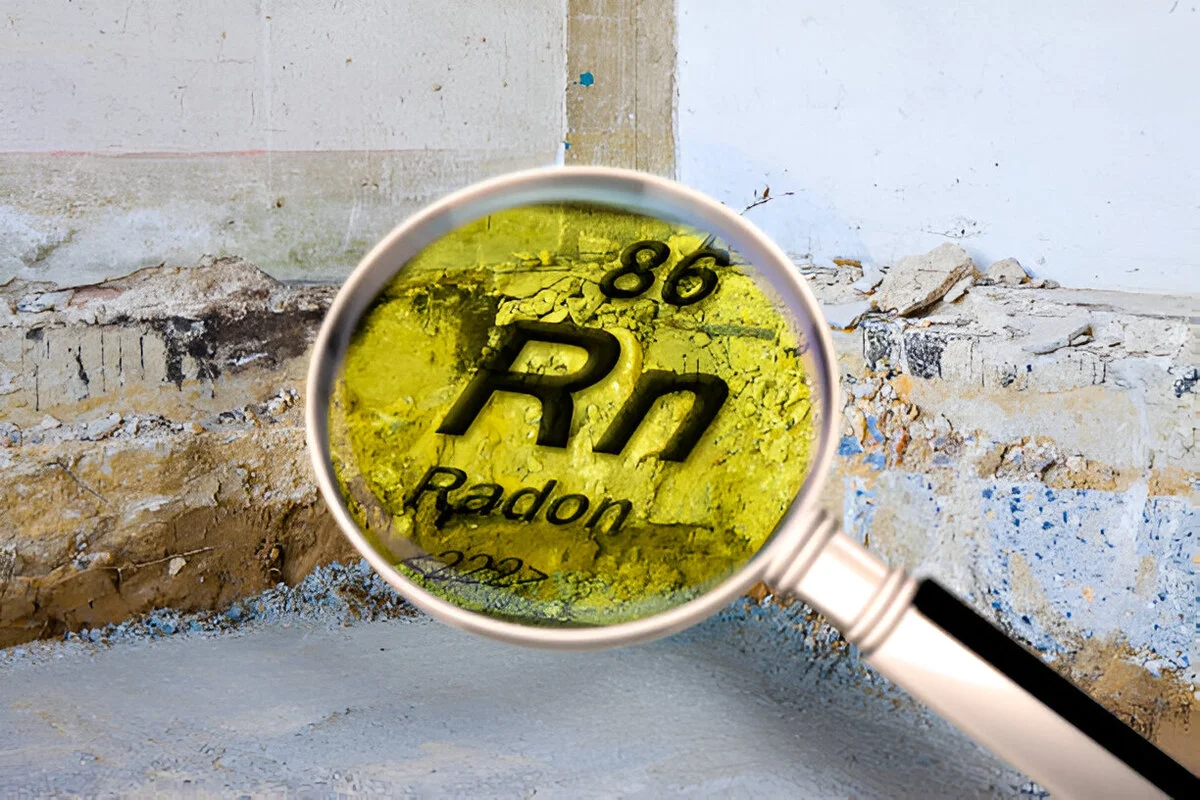Buying a home is an exciting step, and why shouldn’t it be? You’re buying a new space for your family where they can live with more comfort and better living standards. But while you’re too busy ensuring all of this, make sure not to skip major hidden problems that can hinder your plans for comfort.
So, how do you make sure what you’re buying isn’t a headache? By hiring a professional home inspector.
These experts reveal these hidden issues so that you can avoid major problems in the future. Yes, getting a home inspection is the best way to address these issues, but there’s something else that you must handle as well. What is it? Radon. To handle radon at its best, get radon testing along with a home inspection. It should be one of your priorities while buying a home.
In this blog, we will discuss the importance of radon testing in home-buying so that you and your family can live healthy lives.
What Is Radon and How Does It Affect Health?
Radon is produced from the ground when natural components like uranium, rocks, and water are broken. It seeps through foundation cracks and becomes part of indoor air. Because it is tasteless, colorless, and odorless, it silently affects health. The common health issues caused by radon are respiratory issues, shortness of breath, and lung problems.
Is it Compulsory to Get Radon Testing When Buying a Home?
When buying a home, the question that comes into a homebuyer’s mind is whether it is necessary to get radon testing. However, radon testing is not considered a legal matter, but if you wish to live a healthy life in your new home, you may not skip it. A professional radon inspector highlights the potential health risks so that you can make an offer wisely and provide a healthy environment for your family. Therefore, it is necessary to get radon tested during the home inspection.
How Does a Radon Inspector Perform the Test?
To perform the radon test, an inspector uses updated equipment to measure the radon level in your home. Here, they find a suitable location to ensure the result is accurate. Let’s look at the step-by-step process of a radon test below:
Walkthrough
To start a radon test, an inspector walks through the home and finds a suitable location for getting accurate results. Usually, the best location to perform a radon test is the basement and the 1st floor of the home.
Choose the Best Test Type of Test
There are two ways to test the radon level in a home: short-term and long-term. In the short term, the result will be in 2 to 9 days, while in the long term, around 90 days are required to get better results. Normally, a short test is performed in the real estate transaction.
Set up Equipment in the Right Position
The radon detector is placed around 20 inches above the ground level and not near the kitchen and washroom. The kitchen, laundry room, and washroom can affect the results due to humidity. Additionally, they are not placed near the windows and doors to avoid direct airflow. This can skew the results.
Further, before testing, all the doors and windows are closed for around 12 hours, except the main entrance and exit point. However, during the test, windows and doors are closed to maintain consistent conditions so that the result can be accurate.
Monitoring the Procedure
During this step, two types of detectors are used: continuous radon monitors (CMR) and charcoal canisters or alpha track detectors. CMR continuously checks and records the radon levels, providing real-time data for better understanding.
The alpha track detectors do not require power; they absorb the radon during the test and are sent to the laboratory for analysis after the test is completed.
After Completion of the Test Process
When the test has been performed, the inspector collects the results instantly from the active device, CMR. The passive devices, such as charcoal canisters, are sent to the certified laboratory for analysis. Further, the radon inspector ensures the windows and doors are closed for the best results.
Analyze the Laboratory Report
After getting the analysis report, the radon inspector reviews it and checks whether it meets the EPA’s recommended value. If the EPA value is 4pCi/L or higher, the EPA recommends action.
What Happens if the Radon Level is Higher
Homeowners or homebuyers must consult a certified radon mitigation professional if the radon level exceeds the EPA’s recommended value. These experts assess the home’s infrastructure and install mitigation equipment to decrease the radon level. They use techniques so that the gas that moves from the ground to upward pushes away from the building.
Final Words
Radon is a colorless, odorless, and tasteless gas that silently affects your health. There are no visible signs to identify the presence of radon. The common symptoms like shortness of breath and lung issues show the presence of this toxic gas. We strongly recommend that you never skip the radon testing for home inspection if you want to buy a new home from the certified home inspection company Clatterbuck Home Inspections. Some realtors will convince you that radon testing is unnecessary for the new construction home. They will be right on their side, but it will be best for you to learn about this toxic thing in the home-buying process.

